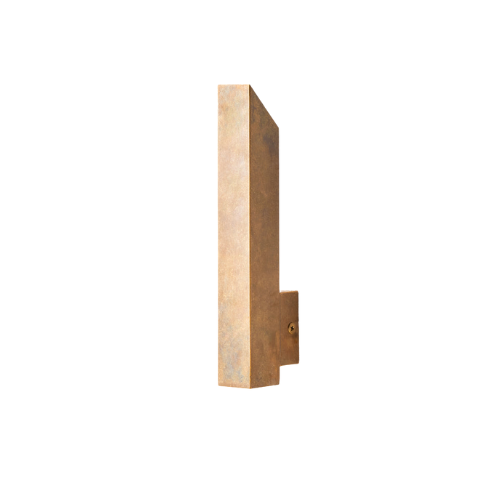Outdoor Uplighters Will Make Your Garden Look Way More Expensive — I've Found Some Reviewer-Loved Ones You Don't Need an Electrician to Install
This type of garden lighting is the underrated key to a beautiful and functional outdoor space — this is our favorite way to give yours some glow
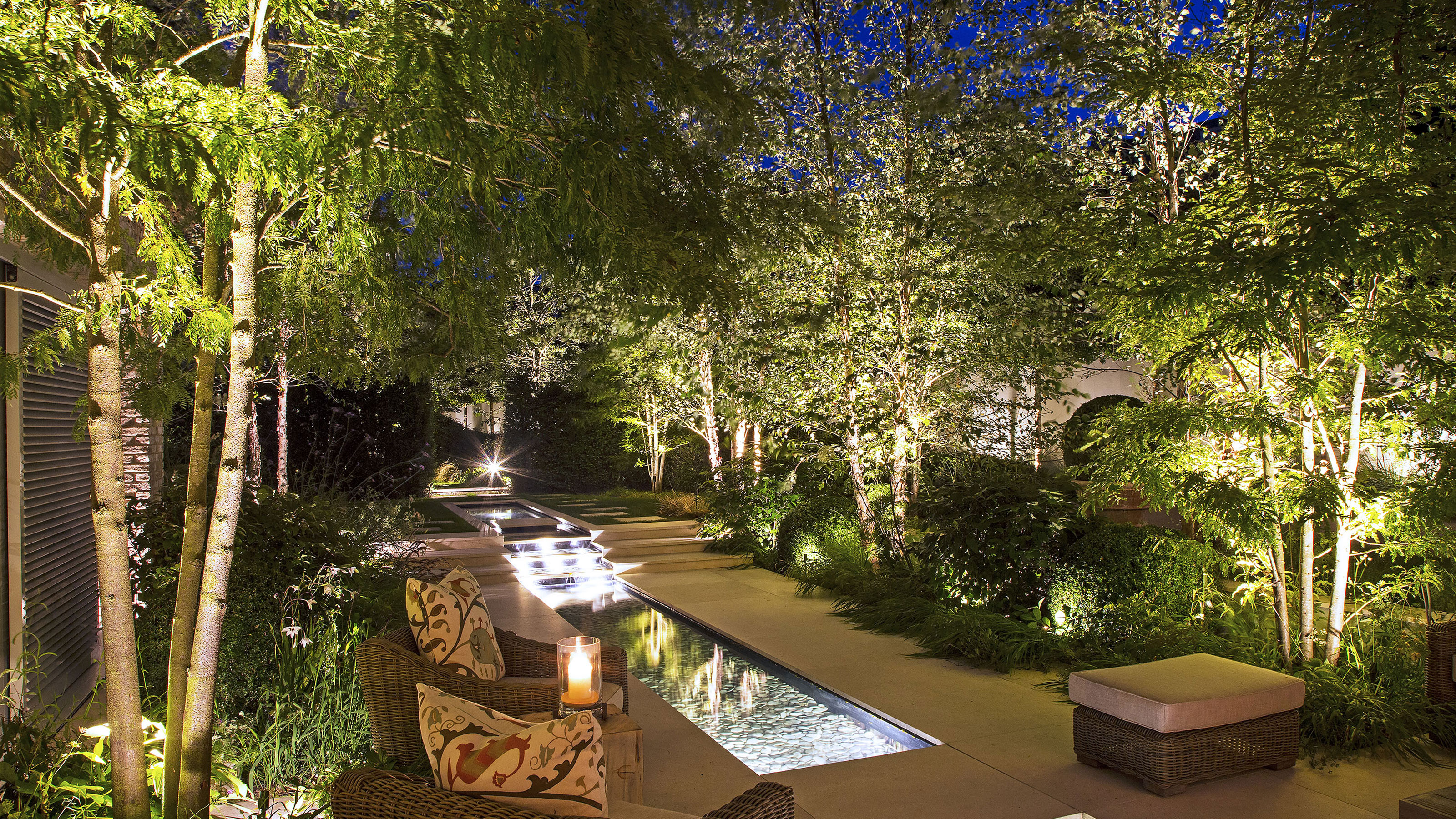

What's the difference between an average garden and a magical one? Good lighting, of course! We spend hours agonizing over choosing the perfect pendant lights to hang over the kitchen island, and scour the internet for the perfect soft lighting for our living areas, yet when it comes to our garden, we all seem to forget about our commitment to creating well-lit spaces.
Well, that's about to change. I've just found my new favorite garden lighting idea, and all the experts agree — it's the key to creating an enchanting and elegant outdoor space. These sleek uplighters from Amazon instantly elevate your garden design, bringing attention to your garden's standout features with a gentle, illuminating glow, while overcoming some of the challenges of this type of garden lighting.
"In my own garden renovation, including uplighters to accent my specimen trees was the best thing I did for making it feel super elevated out there through the summer evenings and even winter nights," says Livingetc's editor Hugh Metcalf. "However, that did mean getting an electrician in at an early stage of the design process to make sure all my outdoor lighting needs could be met, and it isn't always easy to retrofit into an existing scheme."
So, I've been set the task of finding out how to make Hugh's favorite lighting trick for gardens work when you're on a budget and don't want to disrupt your garden too much, and as it turns out, these 4.3 out of 5 star rated lights might just be the answer.
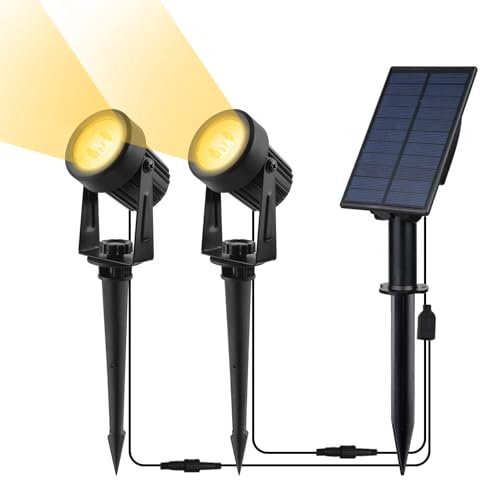
By using a discreet separate solar panel, you can power your outdoor uplighters so you don't have to wire them in, or worry about recharging them constantly. They're under £20 for a pair, but the reviewers on Amazon are pretty taken with the quality, describing the panel as "not a cheap make, made from proper glass"; the cable as plentiful so you can set them up across a large space; and that the lights themselves are surprisingly bright. Having researched other wireless garden uplighters, these reviews are a bit of a rarity, trust me.
Why Use Uplighters?
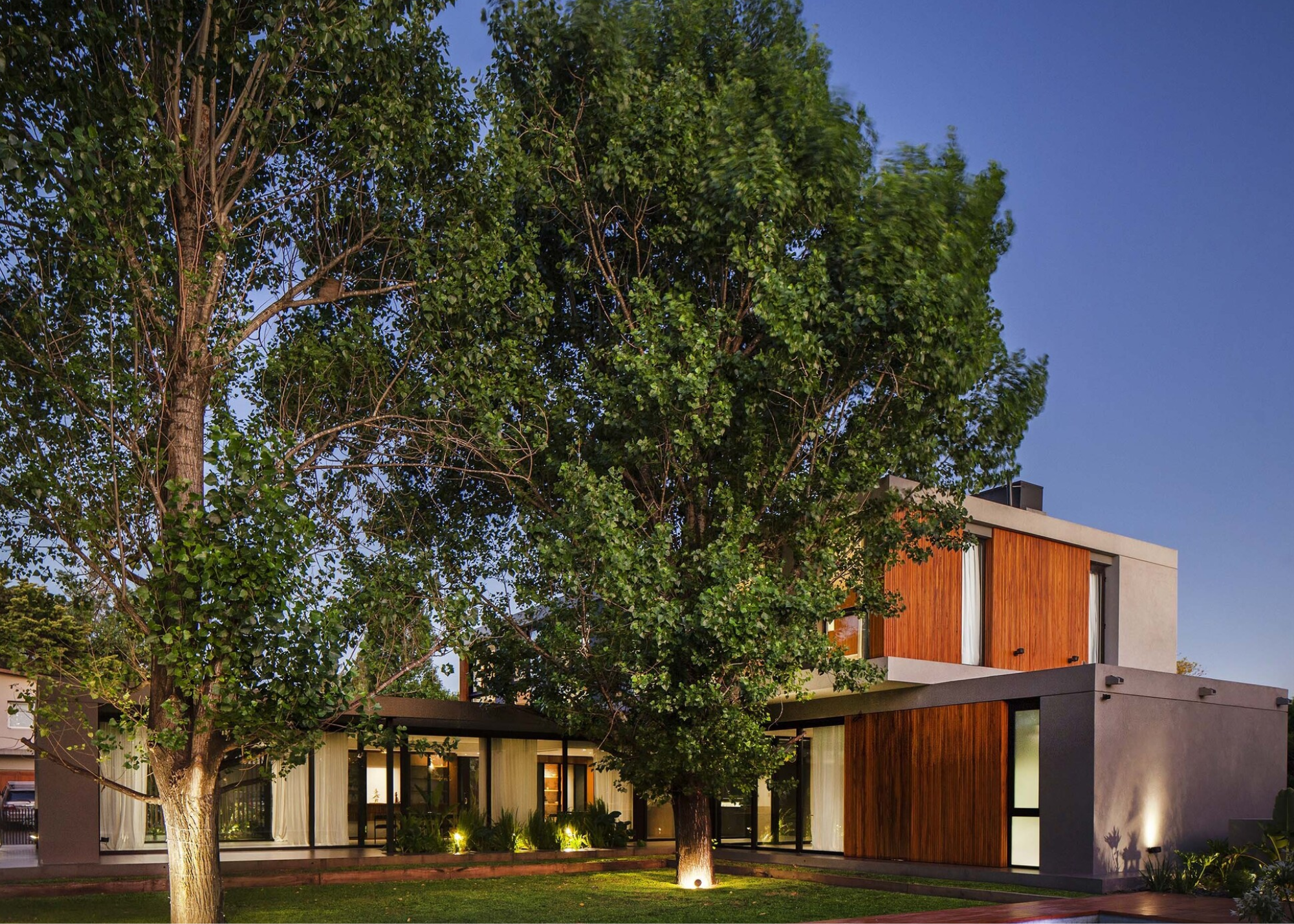
For larger, dramatic trees, multiple uplighters may be necessary.
"Uplighters add drama and dimension by drawing the eye upward and emphasizing vertical garden elements like trees, sculptures, or architectural features. They create striking contrasts of light and shadow, adding depth and sophistication to the overall design, especially in the evening when visual impact is heightened," explains landscape designer and founder of Plant by Number, Alexander Betz.
Think of uplighters as the spotlights of the outdoors. They help to draw attention to your favorite spots in your garden, letting the lesser parts fade into the background.
Kyle Beach, COO of Wonderly Lights, tells us, "Uplighters are particularly effective at creating drama and showcasing vertical elements. Whether it’s a sculptural tree, a textured wall, or a feature plant, uplighting draws the eye upward and adds contrast and dimension. They can turn trees into living artworks and give architectural features a subtle glow that enhances the garden’s visual appeal after dark."
The Livingetc newsletters are your inside source for what’s shaping interiors now - and what’s next. Discover trend forecasts, smart style ideas, and curated shopping inspiration that brings design to life. Subscribe today and stay ahead of the curve.
This dramatic transformation of a regular tree into a sculptural standout feature is our favorite way to use these handy garden lights. The soft glow offered by outdoor uplighters casts the tree in a warm halo, giving it an almost ethereal beauty.
"Uplighters are a great way to enhance your garden or backyard space," agrees landscape designer Tom Smith. "Uplighters are used as highlighters to make a part of your garden or yard stand out," he continues, "For instance, you have a beautiful statue or tree that you want to use as a focal point, you can install an uplighter to highlight that spot in your yard."
Beyond these aesthetic benefits, uplighters can also help improve the safety and accessibility of your garden area.
"Uplighters are also useful for improving safety in your yard as they can help define walkways without having harsh, glaring lights shining down on the area," says Tom.
How to Use Uplighters
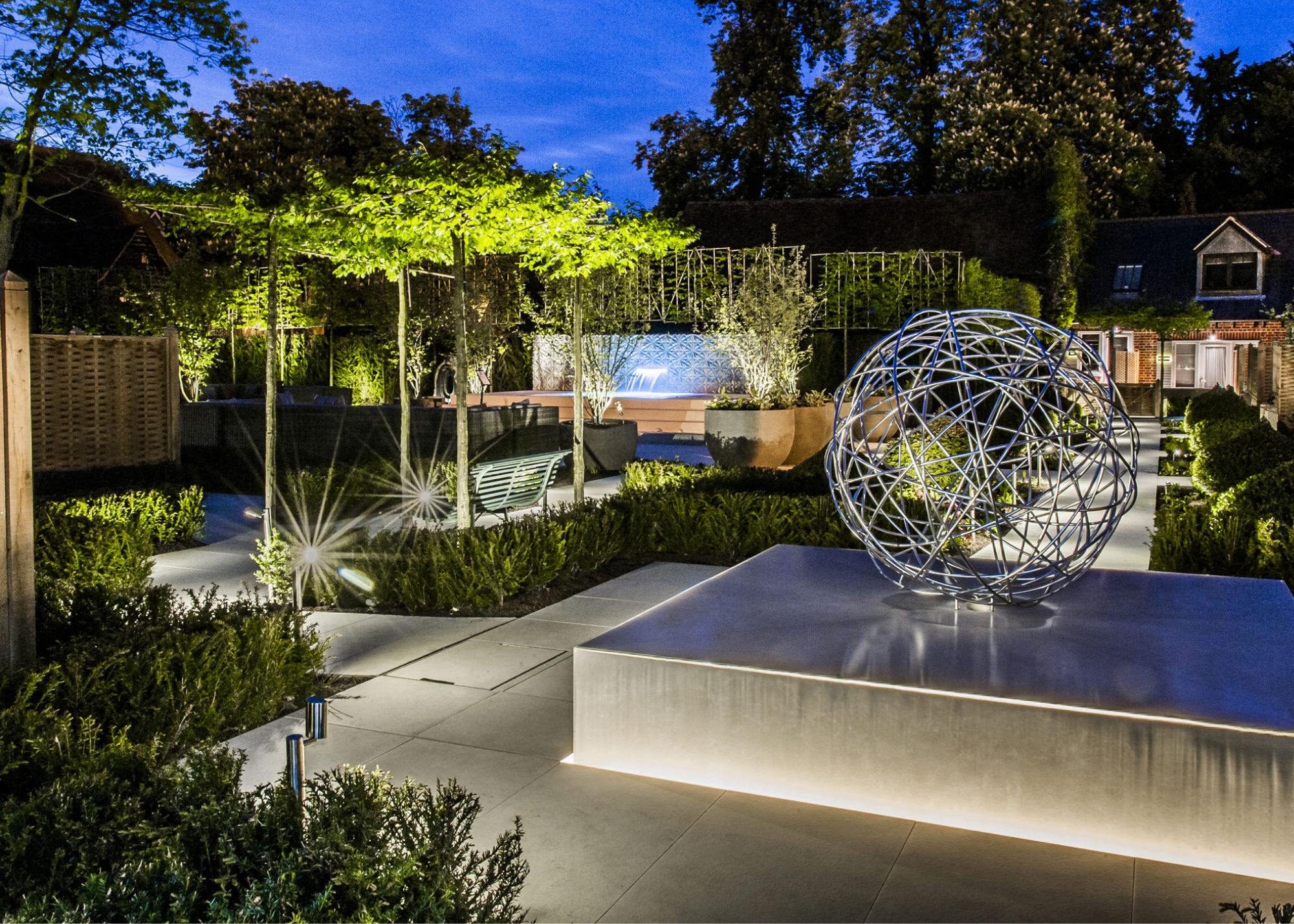
Uplighters can also help to enhance the symmetry of garden designs.
To get the most out of your garden, approach your design in a careful, strategic way, thoughtfully planning where your uplighters will be most effective.
"We recommend using uplighters selectively and thoughtfully," suggests Kyle. "Focus on a few key elements – such as a statement tree, a water garden, or a pergola – and allow darkness to balance the light for a more natural and intimate feel."
The goal with these lights is to create a cozy, warm glow, not a harsh glare, so bear that in mind when positioning your lights.
"It's also important to position uplighters at the right angle to avoid glare and 'hotspots' and ensure the effect is soft and intentional," Kyle explains, "Using warm color temperatures helps keep the space inviting and blends well with natural surroundings."
The color of your lights can have a surprisingly drastic effect on the overall feel of your garden. As architect Lorenz Riethmüllerexplains, "Neutral white light bulbs resemble moonlight, but are thought to disturb nature at night. Warm white light, on the other hand, can give exterior walls a slight red or orange tint, which can look particularly unattractive on white walls. In general, however, you should give very careful consideration to using neutral or cool white lighting on exterior walls, especially in view of the activating effect of this light."
Think about how the position of your lights may look at different hours, and, if you're using multiple uplighters, how they will interact with one another.
"Position them at varying angles to create dynamic shadows and avoid flat lighting. Low-voltage LED uplights work well for energy efficiency and subtle elegance," says Alexander, "For a layered effect, combine them with path lights or downlights to balance brightness across the space."
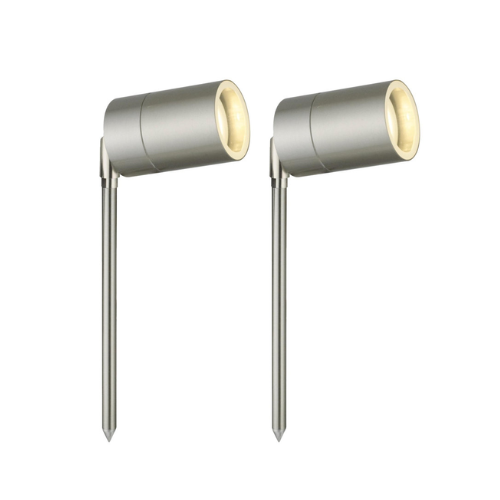
These sleek, spike lights sport a minimalist, discreet design that would blend in with just about any garden design, letting nature do all the talking. Even better, the directional head is completely adjustable, allowing you to dictate the exact angle in which the light will shine, giving you full control over your garden design.
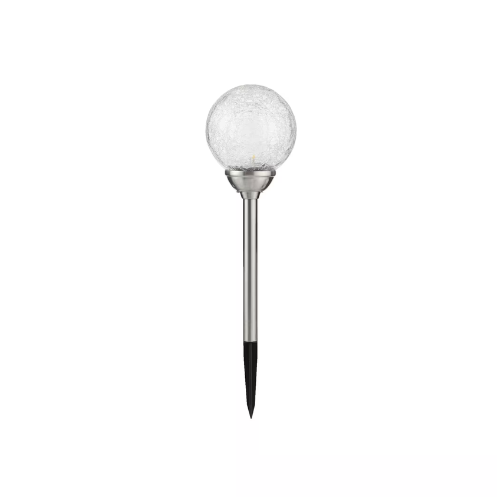
If you're looking for a slightly different spin on a traditional uplighter, we love these LED ball lights. Coming in a pack of three, so you can dot them around your garden, these lights have a unique, crackled surface that offers an almost star-like glow come night-time.
When Not to Use Uplighters
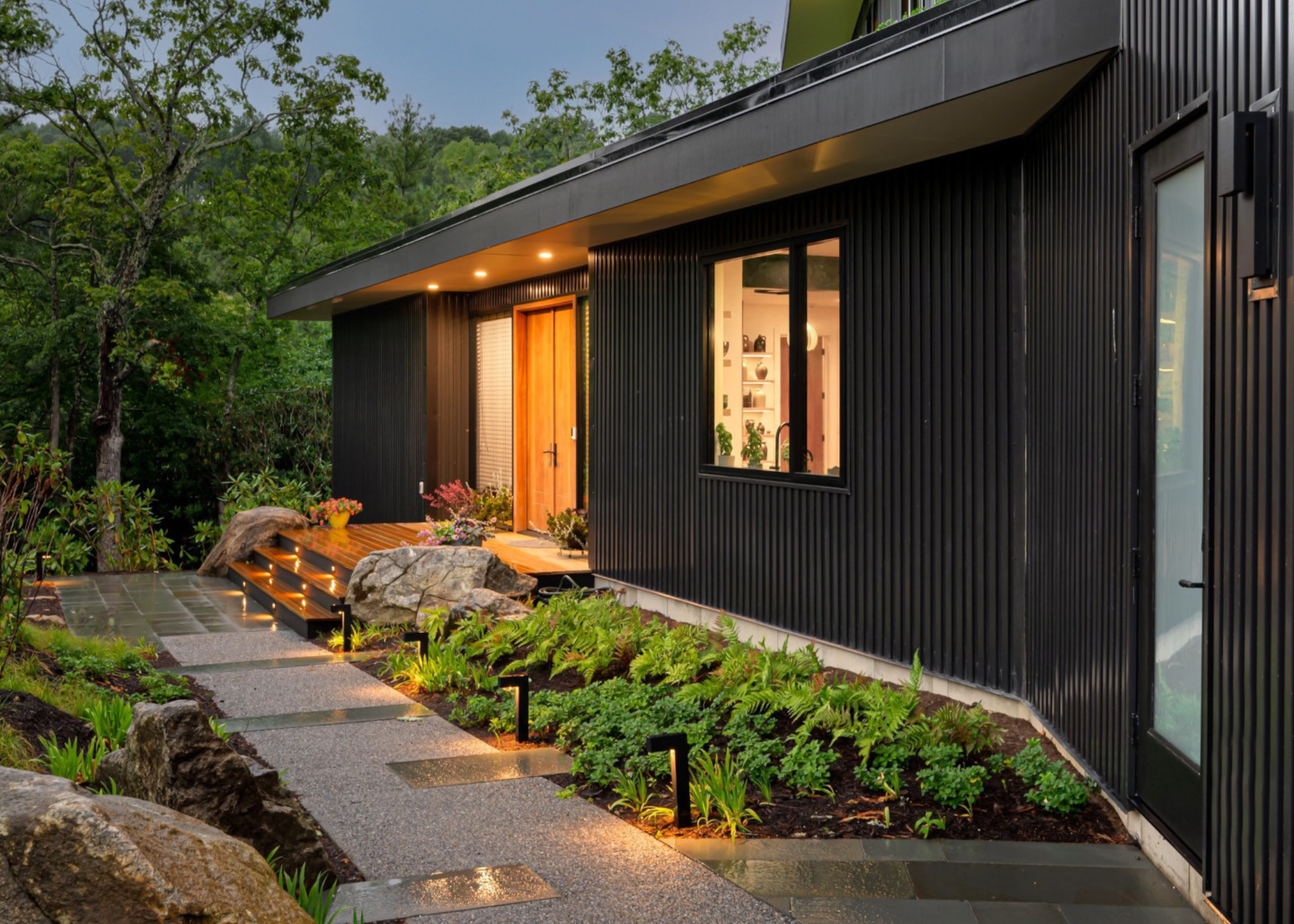
When highlighting smaller shrubs, downlighting may be a more suitable choice.
Knowing when an uplight isn't necessary is just as important to creating a beautiful garden as knowing when they are. "We typically avoid uplighting in areas with excessive ambient light or where it could create unwanted glare into windows or neighboring properties," says Alexander. "They may also not be ideal in low-lying planting beds where the effect can be lost or where lights could easily get obscured by growth. In those cases, path lights or downlights might provide a more effective and discreet solution."
In some cases, a different kind of patio light may be better suited to your goals. Using a combination of lighting styles will offer a more layered, fairy-tale garden look.
Tom says, "Don’t use uplighters on small plants as this style of light is often not useful when it comes to highlighting these areas. Instead, use ground lights in these areas."
If you love the look of these uplighters, but aren't quite sure about which part of your garden you'd want to highlight, perhaps you're in need of some more standout features. If you need some more privacy, these are the best pleached trees for the job, and they'd look great with a little extra glow. Or, we love the idea of highlighting a decoratively trained fruit tree, but first you'll have to choose the best tree to espalier.

Maya Glantz is a Design Writer at Livingetc, covering all things bathrooms and kitchens. Her background in Art History informed her love of the aesthetic world, and she believes in the importance of finding beauty in the everyday. She recently graduated from City University with a Masters Degree in Magazine Journalism, during which she gained experience writing for various publications, including the Evening Standard. A lover of mid-century style, she can be found endlessly adding to her dream home Pinterest board.
